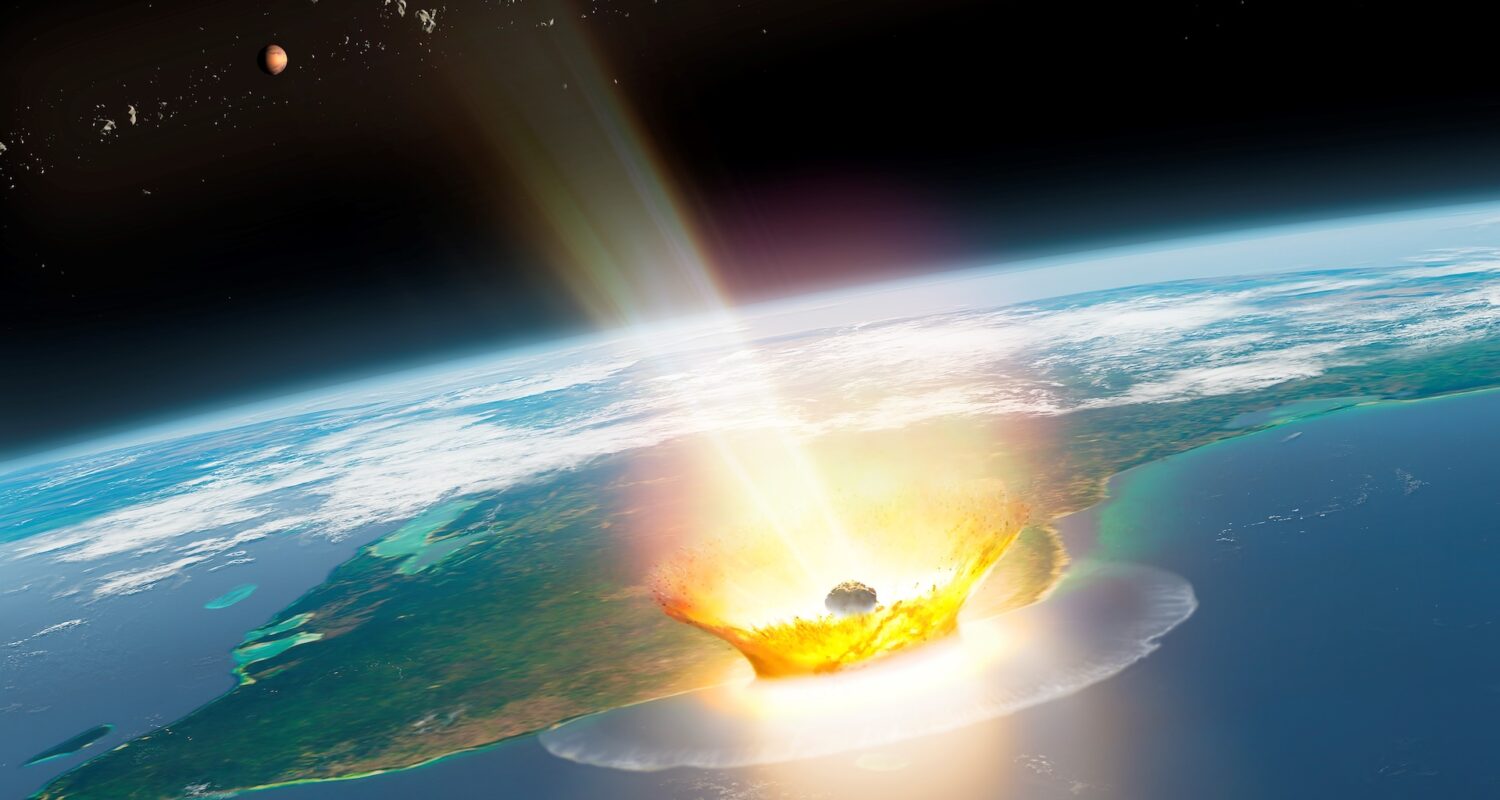It seems like the heat will do something about it.
Research conducted at Sandia National Laboratories (SNL) in the US has shown that a nuclear explosion may be powerful enough to deflect an asteroid.
Nuclear explosions in the vacuum of space are often thought to be ineffective against asteroids because they don’t produce “shock waves” that physically push objects with the force of air.
However, new research has found that when rocks were exposed to powerful radiation simulating a nuclear explosion, they rapidly accelerated to speeds of up to 250 km per hour (70 m per second).
The radiation used in the experiment itself has an extremely small force to push objects.
So how did the rock reach a speed of 250km/h in an instant?
Do nuclear weapons in space just heat up the enemy?
In science fiction works, there are scenes depicting humans firing nuclear missiles at alien forces that have descended on Earth.
For modern humanity, nuclear weapons are synonymous with the most powerful weapon, and some stories depict scenes in which a nuclear attack, at the expense of city residents, is used to halt the invasion of enemy ground forces.
Or it may have no effect at all and only lead to increased despair.
The use of nuclear power on land is something of a highlight in science fiction and can be a key element that changes the course of the story going forward.
But when the setting is space rather than ground , the spotlight on nuclear weapons drops sharply.
Furthermore, some knowledgeable audience members say, “Nuclear weapons are useless in space.”
This statement is true in some sense.
The reason why nuclear weapons have such enormous destructive power on ground is largely due to the shock waves they create through the air.
In space, where there is no air, shock waves capable of taking down enemies cannot be created; only heat and radiation are produced.
For this reason , many people are skeptical of the relatively realistic plan of attacking an asteroid with a nuclear missile, deflecting it from its orbit and saving the Earth.
Even some people with expert level knowledge say that “nuking an asteroid would only scorch the surface a little.”
But you never know until you try something.
So now, researchers at Sandia National Laboratories decided to look at the effects of heat and radiation on asteroids.
To begin with, the team prepared a radiation irradiator and pebbles made of quartz and silica to resemble asteroids, as shown in the figure below.
Powerful X-rays are emitted from the left side of the image, pass through the vacuum, and are irradiated to a pebble fixed in the target position.
The experimental equipment was also equipped with a speedometer so that the speed at which the pebble moved could be measured.
If the skeptics are correct, the pebble would remain in its original position simply by heating its surface.
That means nuclear weapons cannot deflect an asteroid.
On the other hand, if the pebble were to fly to the right at an incredible speed, it would suggest that radiation or heat from a nuclear weapon or other source could have the effect of deflecting an asteroid from its orbit.
When the researchers were ready to conduct their experiment, they flipped the switch.
The results were far greater than expected.
What happens when you expose a pebble to powerful X-rays?
To solve the mystery, the researchers flipped a switch and exposed the material to X-rays for just 6.6 nanoseconds.
The experimental equipment is capable of emitting some of the most powerful X-rays in the world, meaning that even a 6.6 nanosecond exposure would have delivered a megajoule of energy to the pebble.
The surface of the irradiated side of the pebble evaporated instantly, and the expanding gas pushed the pebble out like a rocket propelled, accelerating the quartz to 250 km/h (69.6 m/s) and the silica to 253 km/h (70.3 m/s).
The parts that were irradiated with the powerful X-rays were instantly vaporized, and the remaining solid parts were blown away by the pressure.
The researchers say that if the technology is scaled up, it could eventually be used to deflect an asteroid up to 4km in diameter.
However, at that point it seems like it would be cheaper to use a giant X-ray cannon than a nuclear missile.
The researchers say they would like to test it on an actual asteroid, similar to NASA’s DART mission, in which the spacecraft crashed into an asteroid.
When exposed to radiation, the pebbles flew off at 250km per hour.

